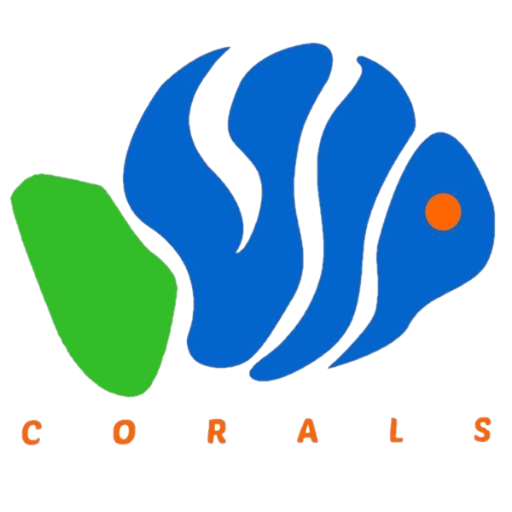Authors
Miguel Enrique Azcuna , Zildjian Acyatan , Geminne Manzano , Clairecynth Yu, Porfirio Alexander Aliño , Marvin Altamia, Lilibeth Salvador-Reyes , and Gisela Concepcion
2023
Abstract
The compounds genistein and daidzein were obtained from the broth culture of a fungus isolated from the Philippine blue sponge Xestospongia sp. Genomic sequencing (18S rRNA) resulted in no exact hits and low sequence similarity (91%) to two species of fungi under the family Microstromataceae: Sympodiomycopsis vantaiensis and Microstromatales sp. Genistein has gained attention in recent years because of its potential to delay the onset of Alzheimer’s disease. This is the first report of genistein and daidzein isolated from a marine-derived fungus. Genistein and daidzein have a wide range of biological activities (e.g., neuroprotective, antimicrobial, anticancer), and this study reports a variation in intracellular [Ca²⁺] levels in dorsal root ganglion cells (DRGs) post-administration depending on dose and incubation time. An incubation time of 10 min resulted in a block effect, which was evidenced by decreased intracellular [Ca²⁺] levels. A dose-response was observed as the intensity of intracellular [Ca²⁺] decreased further at a higher dose. Conversely, an incubation time of 5 min resulted in an increase effect which was evidenced by decreased intracellular [Ca²⁺] levels. The similarity of these compounds with potent estrogens indicates that estrogen-mediated receptor signaling is the mechanism of action for the increase effect. The block effect, however, could be caused by a variety of factors, such as neurotoxicity or an ER stress response that results in the release of pro- and anti-apoptotic proteins. These findings confirm the ability of genistein to regulate [Ca²⁺] influx and the expression of apoptosis-related proteins. Further studies should investigate these mechanisms to understand the neuroprotective activities of genistein and daidzein.
